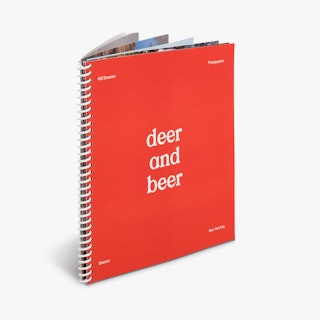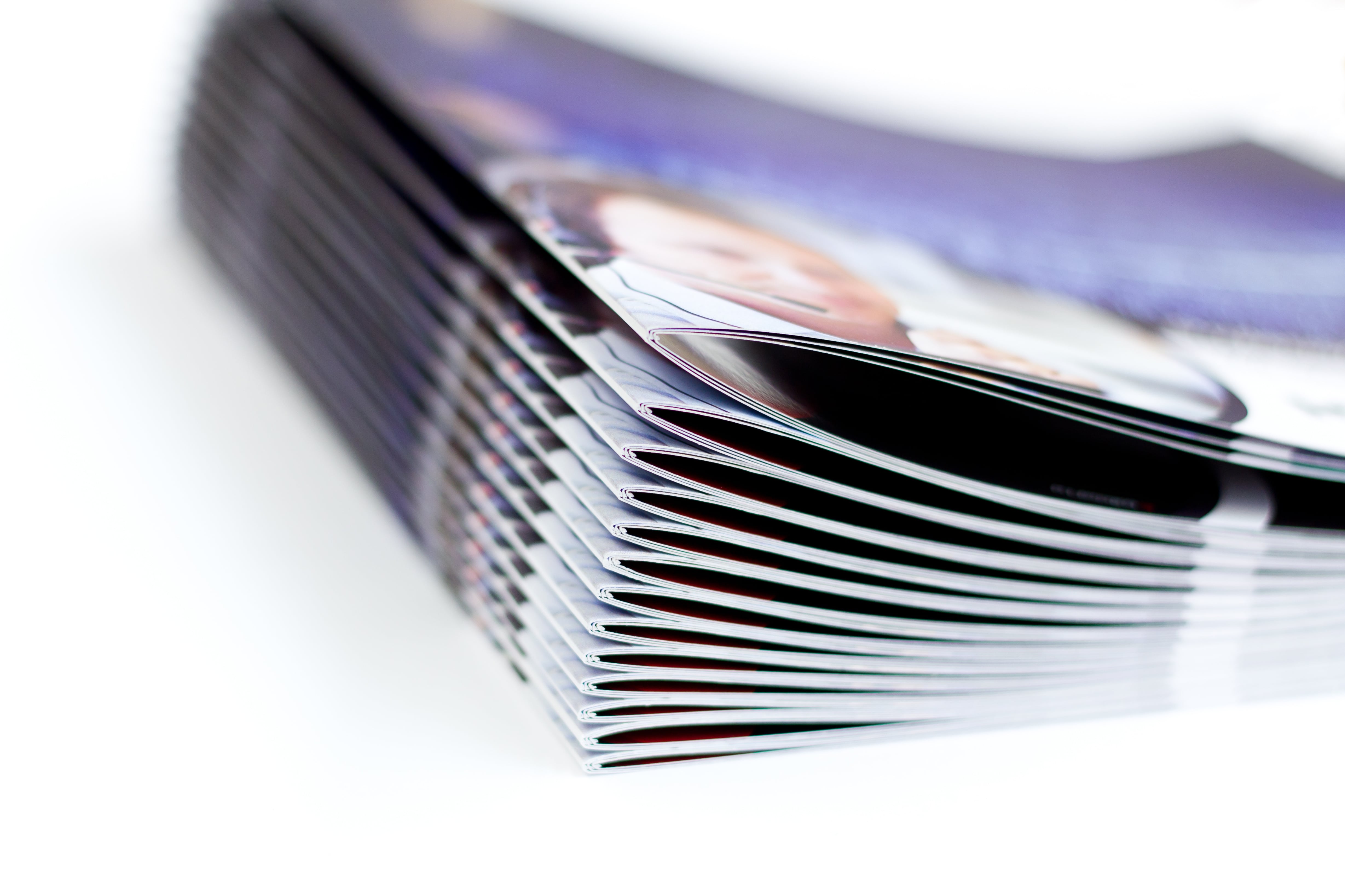The Pros and Cons of Digital vs. Offset Booklet Printing
The Pros and Cons of Digital vs. Offset Booklet Printing
Blog Article
The Necessary Guide to Understanding Booklet Printing Options and Techniques
The process of pamphlet printing entails several factors to consider that can significantly influence the end product. From choosing the ideal style and size to comprehending the nuances of binding approaches, each option plays an important function. Furthermore, variables such as paper supply and printing methods additional affect the effectiveness of the brochure. As one browses these alternatives, it comes to be imperative to realize how they interconnect and what that suggests for the overall result.
Understanding Booklet Sizes and layouts
When taking into consideration pamphlet printing, recognizing the different layouts and dimensions available is vital for achieving the wanted presentation. Brochures can be created in many layouts, including saddle-stitched, spiral-bound, and perfect-bound, each offering distinct benefits. Typical dimensions range from basic letter (8.5 x 11 inches) to smaller alternatives like A5 (5.8 x 8.3 inches), enabling for adaptability based on web content and target audience.Selecting the suitable dimension can affect both the design and viewers engagement. Bigger dimensions may fit visually driven material, while smaller sized formats might be more mobile and straightforward. In addition, the number of web pages affects the choice of binding technique, as thicker brochures may call for sturdier bindings. Inevitably, recognizing these facets enables a more tailored approach, guaranteeing that the end product aligns with the designated message and visual, improving the total effectiveness of the interaction.
Choosing the Right Paper Stock

Binding Approaches: Choices and Considerations
When it pertains to binding approaches for booklets, several choices are readily available, each with distinctive advantages. Saddle stitch binding uses a cost-efficient option for thinner pamphlets, while best binding strategies provide a more refined look for thicker magazines. Wire-O binding sticks out for its resilience and ease of use, making it suitable for papers that need adaptability.
Saddle Stitch Binding
Saddle stitch binding supplies a sensible and cost-effective option for constructing brochures, making it a prominent option amongst publishers and services. This binding technique entails folding sheets of paper in fifty percent and stapling them along the fold line, producing a organized and cool look. Usually ideal for brochures with a lower page matter, saddle sewing is excellent for magazines, pamphlets, and instructional materials. The simplicity of this technique permits quick manufacturing and is often preferred for marketing items or brief runs. Nevertheless, it is important to keep in mind that saddle stitch binding may not appropriate for thicker pamphlets, as the spinal column may not hold up under increased weight. Generally, it remains a reliable alternative for several printing projects.
Perfect Binding Techniques
Perfect binding is a commonly used method that offers a sleek and professional surface to brochures and publications. This approach includes gluing the web pages together at the spinal column utilizing a solid adhesive, enabling for a tidy edge and the capability to hold a bigger variety of pages compared to saddle sewing. Perfect binding is particularly suitable for thicker brochures, such as brochures and yearly records, where a durable, level spinal column is preferred. Additionally, it supplies the choice for a published cover that can be designed to enhance aesthetic allure. Considerations such as web page matter, paper weight, and the intended use of the brochure must be taken into account, as they can impact resilience and general high quality.
Wire-O Binding Choices
Wire-O binding, known for its longevity and versatility, provides an excellent choice for brochures that call for simple page turning and a specialist look. This binding approach utilizes a collection of metal loopholes that hold pages securely, permitting them to lie level when open. It is specifically suitable for handbooks, directories, and discussions as a result of its robust nature. Wire-O binding is readily available in various colors and sizes, suiting various page matters and thicknesses. Additionally, it allows the addition of covers and tabs, enhancing the booklet's total visual. Considerations for Wire-O binding include the choice of cord shade, the size of the loops, and the level of modification preferred, all of which can greatly affect the final product's look and performance.
Digital vs. Offset Printing: Which Is Best for You?
When selecting a printing approach for brochures, comprehending the distinctions in between digital and counter printing is necessary. Digital printing uses modern innovation to produce high-quality prints promptly and economically, making it ideal for brief runs or projects calling for quick turn-around times. It enables for modification, supplying the ability to publish on-demand with minimal waste.In contrast, counter printing is a typical method that masters producing huge quantities with constant top quality. It includes moving ink from a plate to try this out a rubber blanket, after that to the paper, which causes dynamic shades and precise information. Nevertheless, counter printing usually calls for longer setup times and is a lot more cost-effective for larger volumes.Ultimately, the selection in between digital and counter printing relies on task demands, budget plan, and desired amount. For tiny, time-sensitive projects, digital could be the ideal choice, while balanced out might be better for bigger, top quality productions.

Creating Your Brochure: Tips and Finest Practices
When developing a booklet, careful interest to design, font selection, and shade usage can considerably improve its effectiveness. A well-structured layout overviews the visitor's eye, while suitable fonts assure readability and share the preferred tone. Additionally, effective usage of color can evoke feelings and highlight key details, making the overall layout extra impactful.
Selecting the Right Layout
Just how can one successfully select the right format for a booklet? It is essential to review the brochure's objective and target audience. A clean, arranged design boosts readability and interaction. Utilizing a grid system can help in aligning aspects consistently, developing a professional look. Additionally, integrating visual pecking order via varying dimensions and placements of photos and message can assist the visitor's eye and highlight essential information. It is also vital to leave enough white room, which prevents overcrowding and enables for better focus. Ultimately, testing various layouts with mock-ups can offer understanding into just how the design does in real-world circumstances, guaranteeing that the last item meets both functional and aesthetic demands.
Selecting Proper Font Styles
An appropriate typeface can substantially boost the overall design of a booklet, complementing the layout and reinforcing the content's message. The selection of font styles ought to think about readability, particularly for body text, as it ensures the information is available to all visitors. Sans-serif fonts are typically liked for digital formats, while serif fonts can lend a traditional feeling in published products. It's a good idea to limit font choices to two or 3 to keep aesthetic coherence. Additionally, font dimension plays a vital function; headings ought to be not overwhelming however distinctive, while body text ought to fit for analysis. When go now picking fonts, alignment with the the original source brochure's style and target audience is crucial for reliable communication and visual allure.
Efficient Use Color
Color functions as a powerful device in brochure style, assisting and shaping assumptions visitor emotions. It can evoke sensations of excitement, depend on, or calmness, relying on the colors picked. Designers must take into consideration color concept concepts, making sure that the picked palette lines up with the pamphlet's message and target market. For example, utilizing warm shades like red and orange can develop seriousness, while cooler tones like green and blue foster tranquility.Additionally, contrast plays a crucial duty; complementary colors can boost readability and aesthetic appeal. Uniformity in shade use throughout pages even more reinforces brand name identification and communication. Inevitably, reliable shade implementation not only captures attention but also enhances the pamphlet's function, making it an important facet of successful style.
Ending Up Touches: Coatings and Unique Effects
While numerous think about the material and design of a booklet the most essential elements, the ending up touches, such as coatings and unique impacts, play a necessary function in enhancing its overall appeal. Coatings can give defense and toughness, making sure that the brochure withstands wear and tear. Matte coatings supply an advanced, non-reflective surface, while shiny finishes can make shades appear more lively and eye-catching. Special effects, like embossing or aluminum foil stamping, add a responsive dimension that can develop a memorable impact. These methods can highlight specific locations, drawing focus to vital info or creating aesthetic interest. In addition, UV finishing can provide a high-shine surface that elevates the total look.Together, these completing touches not just enhance the brochure's aesthetic however additionally interact expertise and interest to detail, inevitably leaving an enduring impact on the visitor.
Price Considerations for Brochure Printing
Understanding the numerous cost factors to consider for pamphlet printing is vital for businesses and organizations intending to optimize their budget plans. Trick factors influencing prices include the option of paper, ink, and binding approaches. Higher quality products, such as exceptional paper or specialized inks, commonly enhance the overall cost. Additionally, the dimension and page matter of the brochure play a significant function; larger brochures need even more sources and time to produce.Another important consideration is the printing technique, whether digital or balanced out, as each has its own rates framework and suitability for different quantities. Companies ought to likewise factor in layout costs, which can differ based upon intricacy and using specialist solutions. Ultimately, shipping and handling charges can add to the overall, particularly for big orders. By assessing these components, companies can make enlightened choices that straighten with their monetary abilities while accomplishing the preferred high quality in their printed materials.
Frequently Asked Inquiries
What Are the Ecological Effects of Booklet Printing?
The environmental influences of pamphlet printing consist of deforestation from paper production, carbon exhausts from transport, and waste generation from thrown out products - Booklet Printing. Sustainable practices, such as making use of recycled paper and green inks, can minimize these effects
Just How Can I Make Sure Shade Precision in My Pamphlet?
To ensure color precision in a pamphlet, one ought to utilize calibrated displays, utilize professional shade profiles, perform test prints, and select high-quality printing solutions that provide shade matching and proofing choices for best results.
What Is the Typical Turn-around Time for Brochure Printing?
The regular turn-around time for pamphlet printing differs depending upon the complexity and quantity - Booklet Printing. Generally, it ranges from a couple of days to 2 weeks, affected by factors such as printing approaches and finishing needs
Are There Minimum Order Quantities for Pamphlet Printing?

Can I Print Booklets in Several Languages?
Publishing pamphlets in numerous languages is feasible. Numerous printing services use alternatives for multilingual or multilingual formats, enabling efficient communication. Mindful preparation guarantees that design elements fit different languages without endangering readability or aesthetics. In addition, factors such as paper stock and printing techniques additional influence the efficiency of the brochure. When thinking about brochure printing, comprehending the different formats and sizes available is important for accomplishing the desired presentation. When picking a printing technique for brochures, comprehending the differences between electronic and counter printing is necessary. In addition, the dimension and web page count of the booklet play a significant role; bigger brochures need even more sources and time to produce.Another essential consideration is the printing strategy, whether electronic or balanced out, as each has its own rates framework and suitability for different quantities. The environmental impacts of brochure printing include deforestation from paper production, carbon emissions from transportation, and waste generation from thrown out products.
Report this page